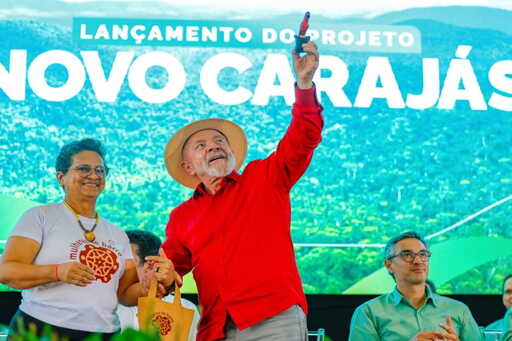The Carajás mining district in the Brazilian Amazon is home to the world’s largest known reserves of high-grade iron ore, and also holds other major deposits of commercially valuable minerals. Since its discovery in the late 1960s, it has made Brazil a top player in the global mining scene. Today, Carajás hosts large, active mining projects, supported by extensive industrial and logistical infrastructure, operated primarily by mining giant Vale (VALE3). Yet these sites are dotted among a mosaic of conservation areas; some mines are just a few hundred meters away from Campos Ferruginosos National Park, for example. And as is the case with large forest enterprises in Brazil, mining development in Carajás has been accompanied by significant, ongoing socioenvironmental impacts. The opening of mines, construction of dams and expansion of mining infrastructure have contributed to deforestation, ecosystem fragmentation, biodiversity loss, water stress, land conflicts, territorial pressure and disorderly urban growth. Now, amid the global race for critical minerals, Vale has redefined Carajás’s strategic role for the coming years. In February, in the presence of Brazilian President Luiz Inácio Lula da Silva, the company announced a 70 billion reais ($13.1 billion) investment in the Novo Carajás program, with a particular focus on copper production. While the initiative has been praised for its economic benefits, it has also sparked concerns about the severe impacts of new mining operations on local communities and protected areas of the Amazon. The first step was taken in June, when Vale announced it had obtained a preliminary…This article was originally published on Mongabay
From Conservation news via this RSS feed


